Ceci n’est pas (tout à fait) Paris
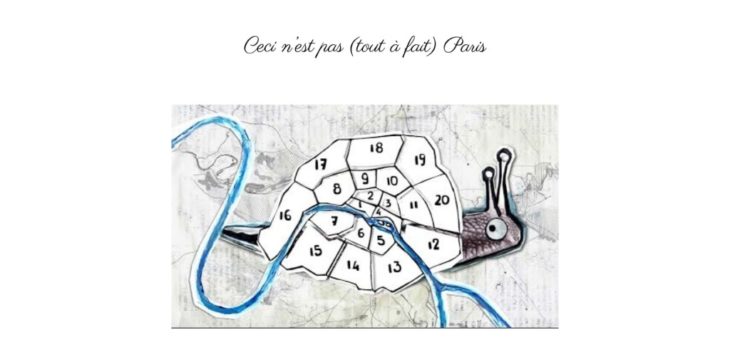
Ceci n’est pas tout à fait Paris. But what is it really? Its habitant, since forever, they have a very specific context in their minds – l’escargot (the snail). The escargot is how neighborhoods are divide into administrative divisions, numbered from 1 to 20. It is extremely present in the city’s perception but on the other side, it’s only a concept that doesn’t really find it’s representation in a physical form in the city. Like the metaphor from the book Little Prince of Antoine Saint-Exupéry, not all that matters is visible. 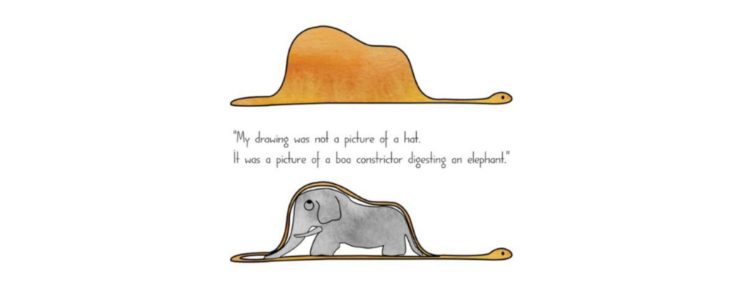
Paris is a concentric city. First, it’s spread began homogeneously from Ile de la Cité, and then it continued by forming bigger and bigger circles around it. Today it organizes around inner rings, letting people move around quite fluently and easily. We tried to find and enhance a link between those two elements of spatial organisation.
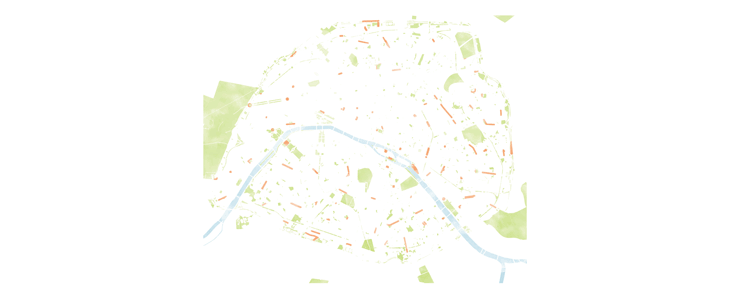
What is interesting about the scenario that we propose, is that it can potentially be implemented any time. The overall network exists already, it would only have to be re adapted. When we think about cities of tomorrow, we must think about more car less streets, less polluting solutions and sustainable scenarios that can assure that our cities continue to thrive. This is why our proposal concentrates around pedestrian and cycling mobility.
The understanding of the city and it’s organisation came through the superposition of multiple layers of maps generated through the QGis software. From water resources, through roads and bike lanes to green spaces, markets and other, more and less well-known poles of attraction in the city, we managed to conceive quite complex vision of flows, important zones and connections.
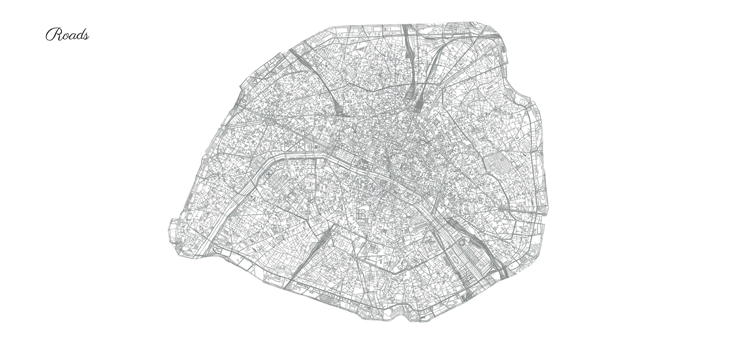
Ideograms representing the key elements of urban tissue that we chose to take into account, helped us develop the idea of turning from multiple concentric paths to one spiral-like shaped corridor with supplementary connections and shortcuts. 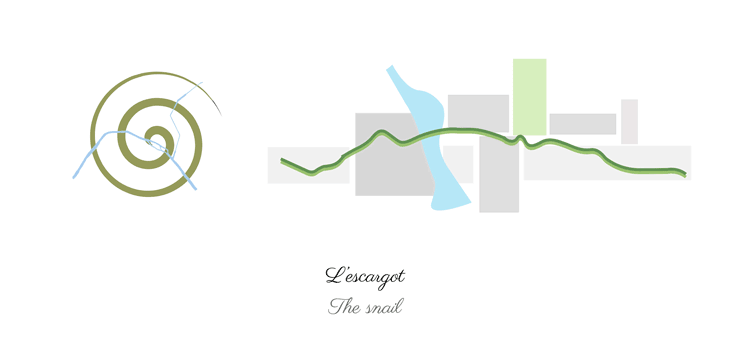 This network of connections, walking and cycling oriented pathways and lanes finally is to guide its user to hidden covered passages between existing buildings. The idea of those passages is already present in the city. It was a very important element of urban tissue back in the days, when streets used to be covered in places that were poorly equipped in the sewage system. Today, tourists and inhabitants love them mostly for their particular charm and inner life that develops inside. The feeling of intimacy and accessibility to the private, hidden story that Paris tells, aside from the Eiffel Tower and Arc de Triomphe, is what makes us fall in love in this city.
This network of connections, walking and cycling oriented pathways and lanes finally is to guide its user to hidden covered passages between existing buildings. The idea of those passages is already present in the city. It was a very important element of urban tissue back in the days, when streets used to be covered in places that were poorly equipped in the sewage system. Today, tourists and inhabitants love them mostly for their particular charm and inner life that develops inside. The feeling of intimacy and accessibility to the private, hidden story that Paris tells, aside from the Eiffel Tower and Arc de Triomphe, is what makes us fall in love in this city.
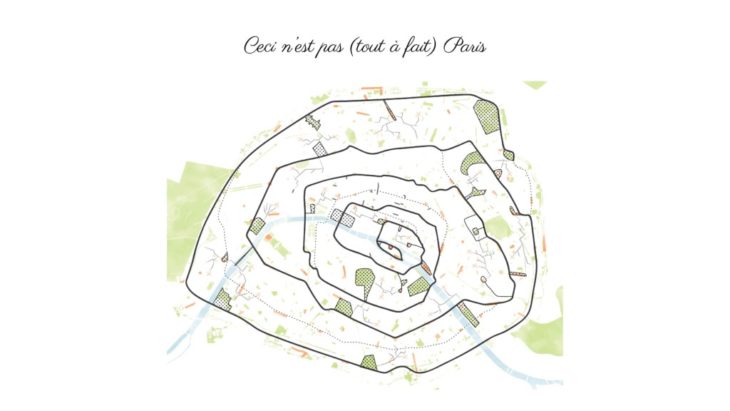
That’s exactly why the heart of the project concentrates around places that are not visible on the first glimpse, implicit, poetic spaces that can give us access to an experience of Paris that can show us the city together with the real life happening inside.
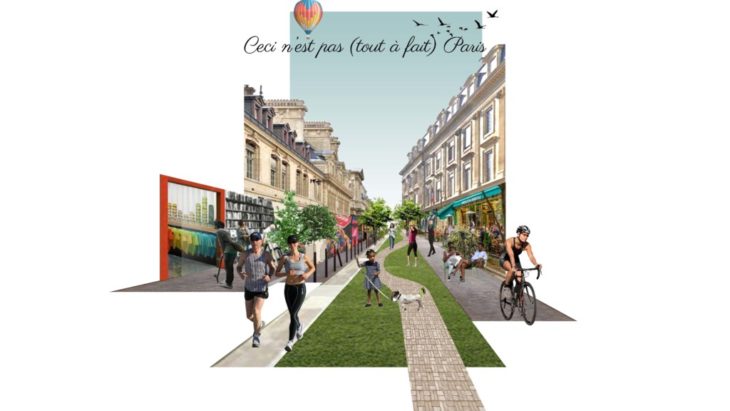
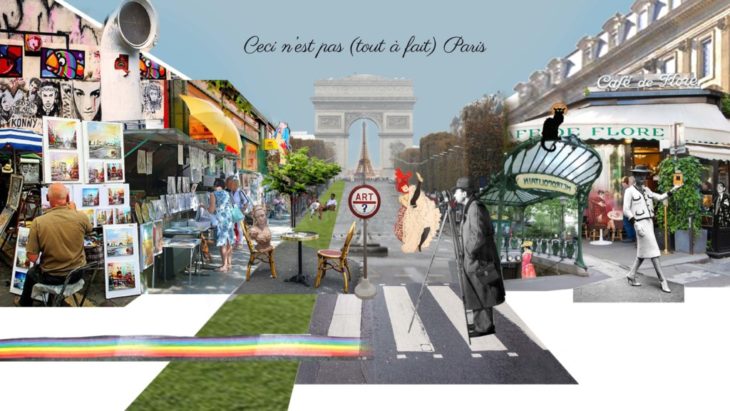
Ceci n’est pas Paris is a project of IAAC, Institute for Advanced Architecture of Catalonia developed at Master in City & Technology in 2021/22 by students: Júlia Veiga, Yohan Wadia, Weronika Sojka, and faculty: Manuel Gausa and Nicola Canessa